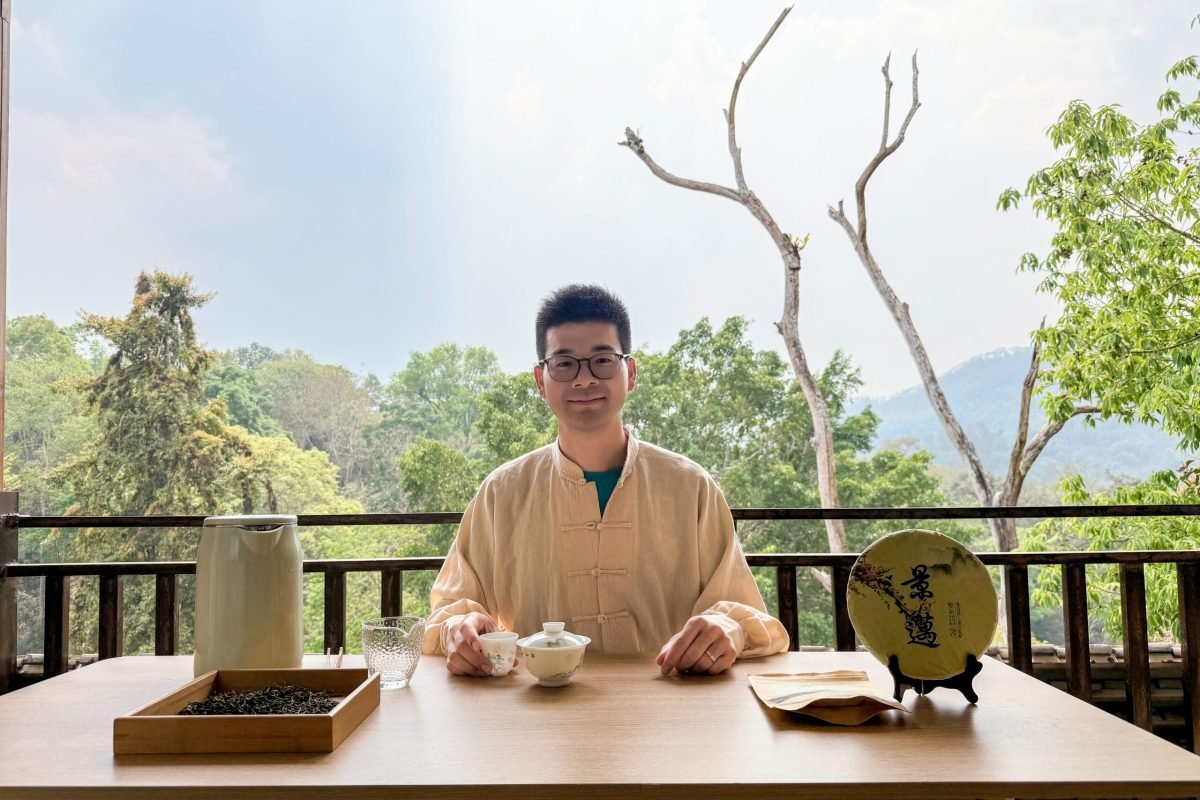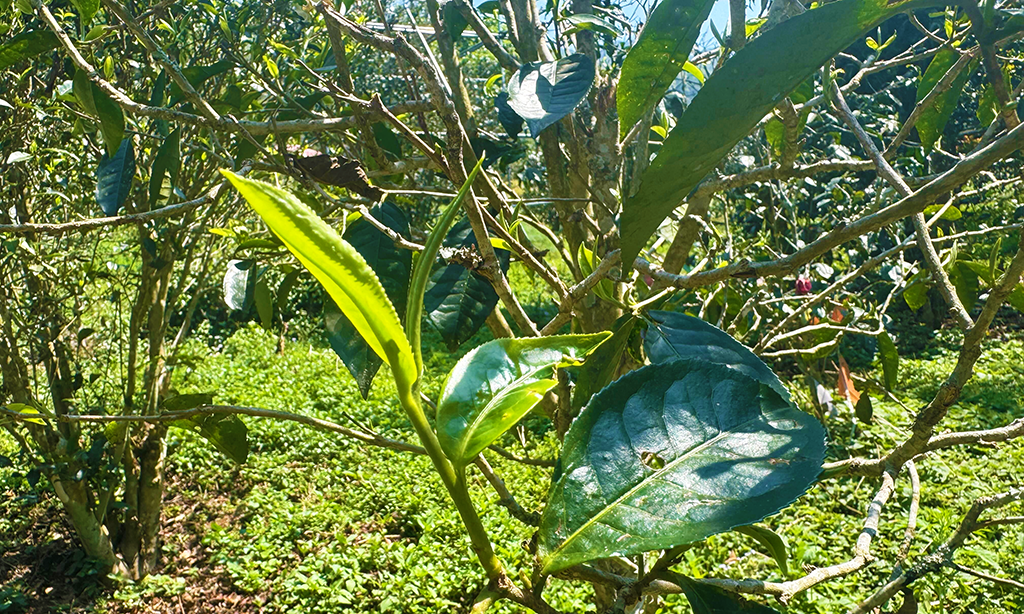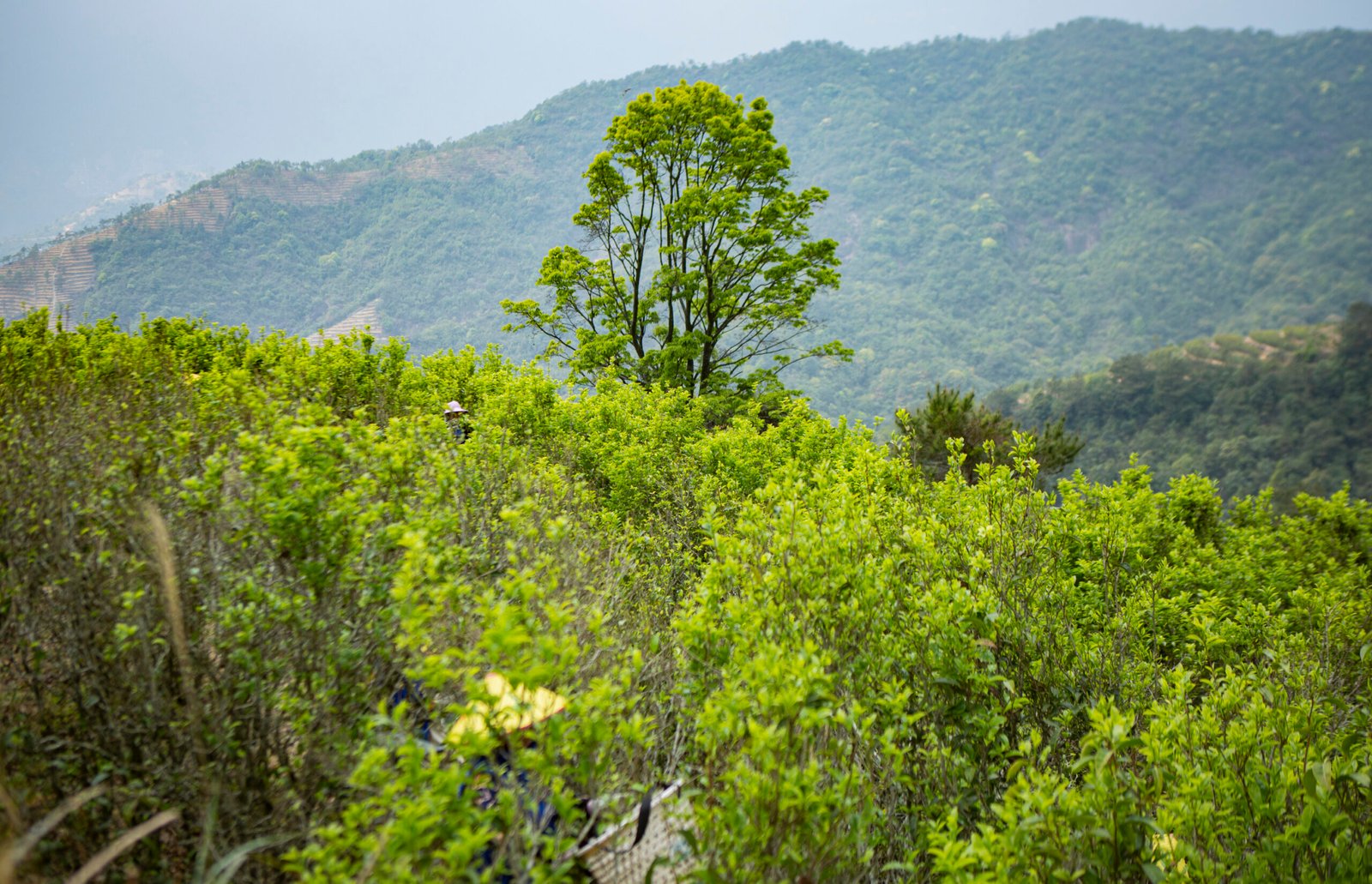As World Environment Day approaches on June 5, it’s a poignant reminder of our shared responsibility to protect the planet we call home. This year, I embarked on a tea trip to Jingmai Mountain in Yunnan, China, where the exquisite Pu-erh tea is cultivated. This journey not only deepened my appreciation for tea but also highlighted the delicate balance between nature and the beverages we enjoy daily. The experience underscored the importance of preserving our environment to continue enjoying such treasures.
The Art of Pu-erh Tea
Pu-erh tea, renowned for its rich flavor and health benefits, thrives in the unique conditions of Jingmai Mountain. The region’s climate, soil, and biodiversity create the perfect environment for tea plants to flourish. As I sat at a wooden table, overlooking the lush green landscape, I couldn’t help but marvel at the intricate connection between the land and the tea in my cup.

The Importance of Biodiversity
Jingmai Mountain is home to ancient tea trees, some of which are thousands of years old. These trees are part of a complex ecosystem that supports various forms of life. Walking through the tea plantations, I observed how each tree was part of a larger network, relying on the surrounding plants, insects, and animals for growth. Protecting this biodiversity is crucial for maintaining the health of tea plants and, by extension, the quality of the tea.

Sustainable Practices
During my visit, I learned about the sustainable practices employed by local tea farmers. These practices include organic farming, permaculture, and traditional methods passed down through generations. By avoiding chemical fertilizers and pesticides, these farmers ensure that the tea remains pure and that the surrounding environment is not harmed. Such practices are vital for the long-term health of our planet.
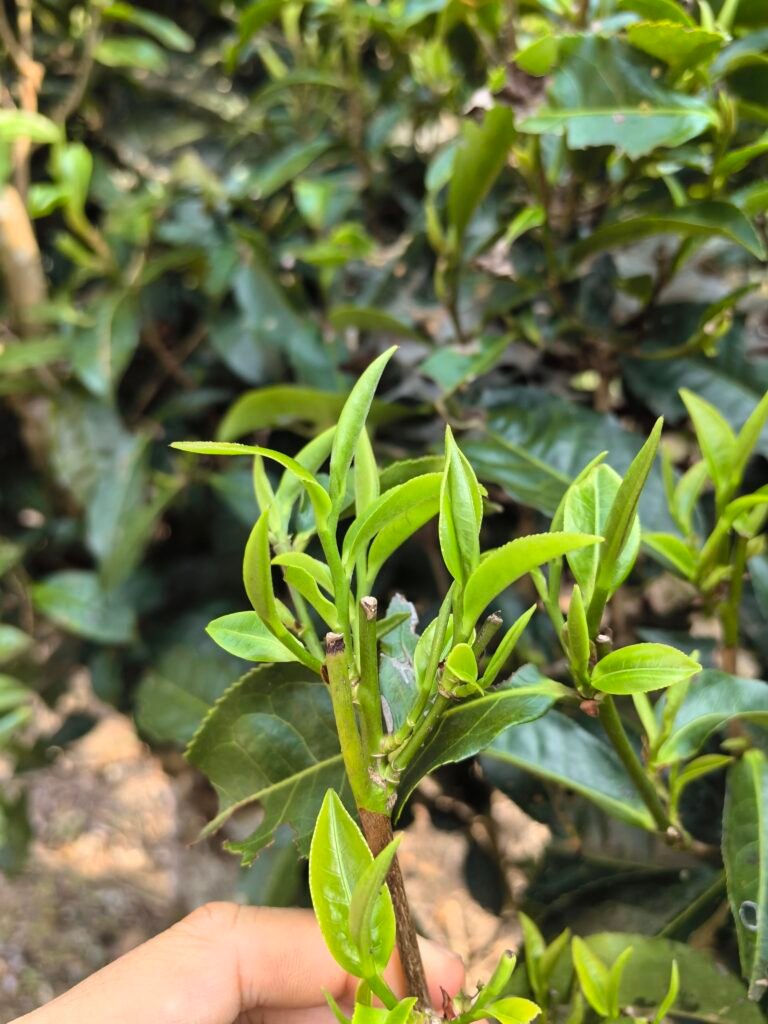
The Role of Climate
The climate of Jingmai Mountain plays a significant role in the quality of Pu-erh tea. The misty mornings, ample rainfall, and mild temperatures create ideal growing conditions. However, climate change poses a threat to these conditions. Changes in temperature and precipitation patterns can affect tea production, making it more challenging to maintain the same quality and quantity. This highlights the need for global efforts to combat climate change.

A Call to Action
As we celebrate World Environment Day, let’s remember that our actions today shape the world of tomorrow. Protecting our environment ensures that future generations can enjoy the same natural wonders and cultural treasures we do. Whether it’s through reducing our carbon footprint, supporting sustainable agriculture, or simply being mindful of our consumption, every action counts.

Conclusion
My journey to Jingmai Mountain was a profound reminder of the interdependence between nature and our daily lives. The Pu-erh tea I savored is more than just a beverage; it’s a testament to the beauty and complexity of our planet. This World Environment Day, let’s commit to protecting our environment so that we can continue to enjoy the simple pleasures of life, like a perfect cup of tea.
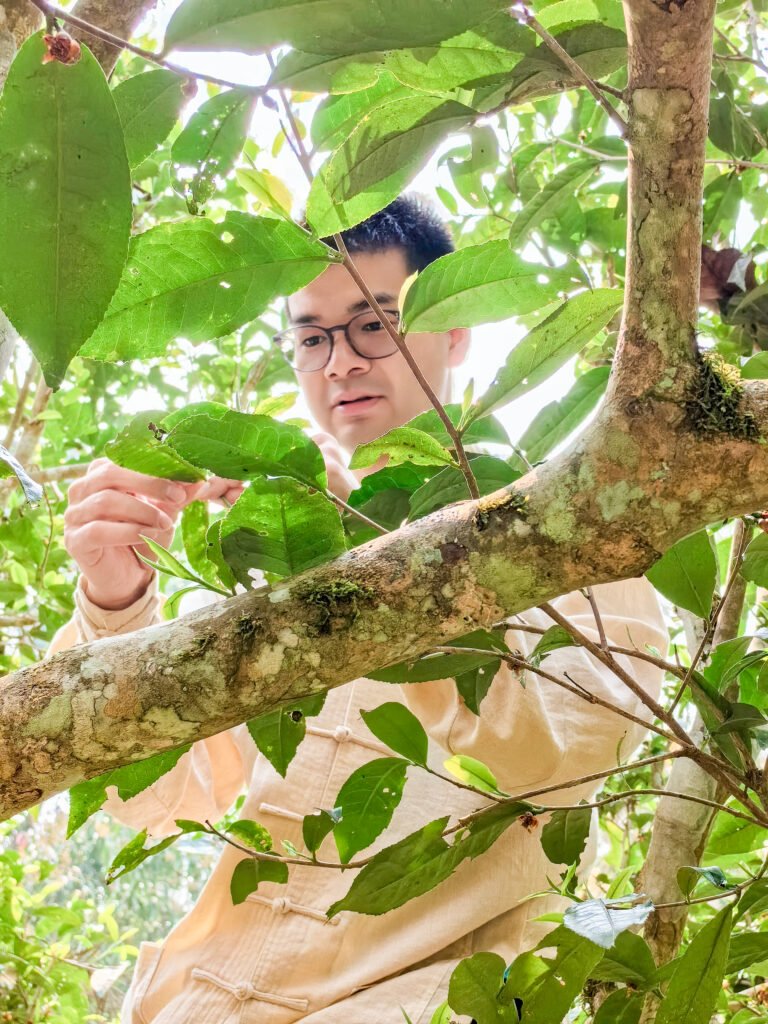
By cherishing and protecting our planet, we ensure that the traditions and natural wonders that enrich our lives endure for generations to come.


